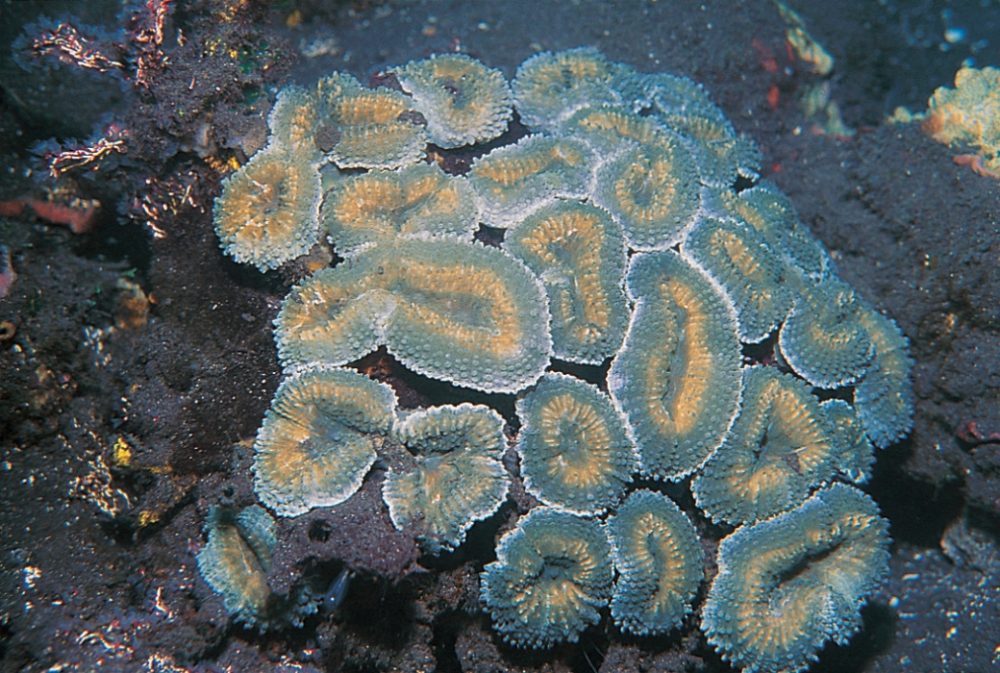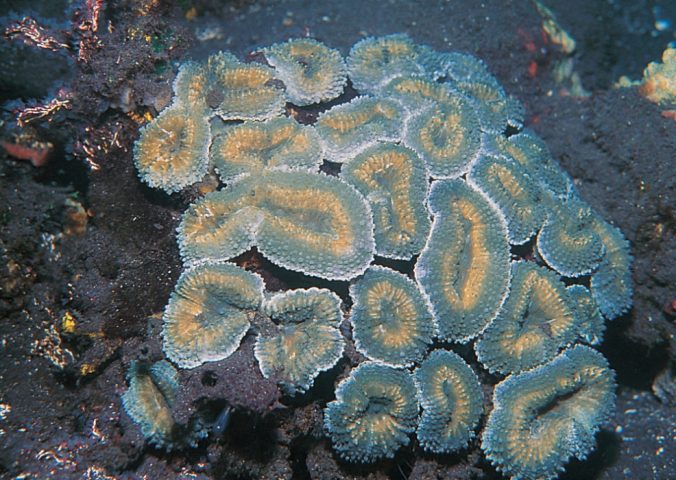About
Despite being endangered, the attractive morphology of Lobophyllia serratus results in it being continually targeted for the aquarium trade.
Species specific population trends are unknown for L.serratus, but like many other coral species, it is at risk of bleaching due to warming seas and the effects of climate change.
As a zooxanthellate species this coral obtains the majority of its energy from a symbiotic relationship with algae called zooxanthellae. Zooxanthellae live in the tissue of coral and require sunlight for photosynthesis, a process that produces energy for the algae and its host coral.
Additional nutrition is attained through direct feeding in which extended fleshy polyps catch prey from the surrounding water. In Lobophyllia serratus these tentacles are extended at night.
- Order: Scleractinia
- Family: Mussidae
- Trend: unknown
- Depth Range (m): 4 - 15
EDGE Score
Distribution
This species is found in the shallow, tropical waters of the central Indo-Pacific, including Australia, Indonesia, Papua New Guinea and the Philippines.
Habitat and Ecology
L.serratus is found on tropical reef slopes from 4m down to a relatively shallow depth of 15m.


